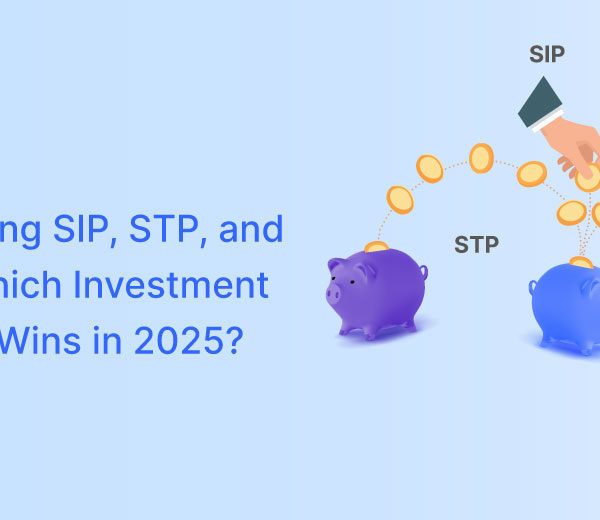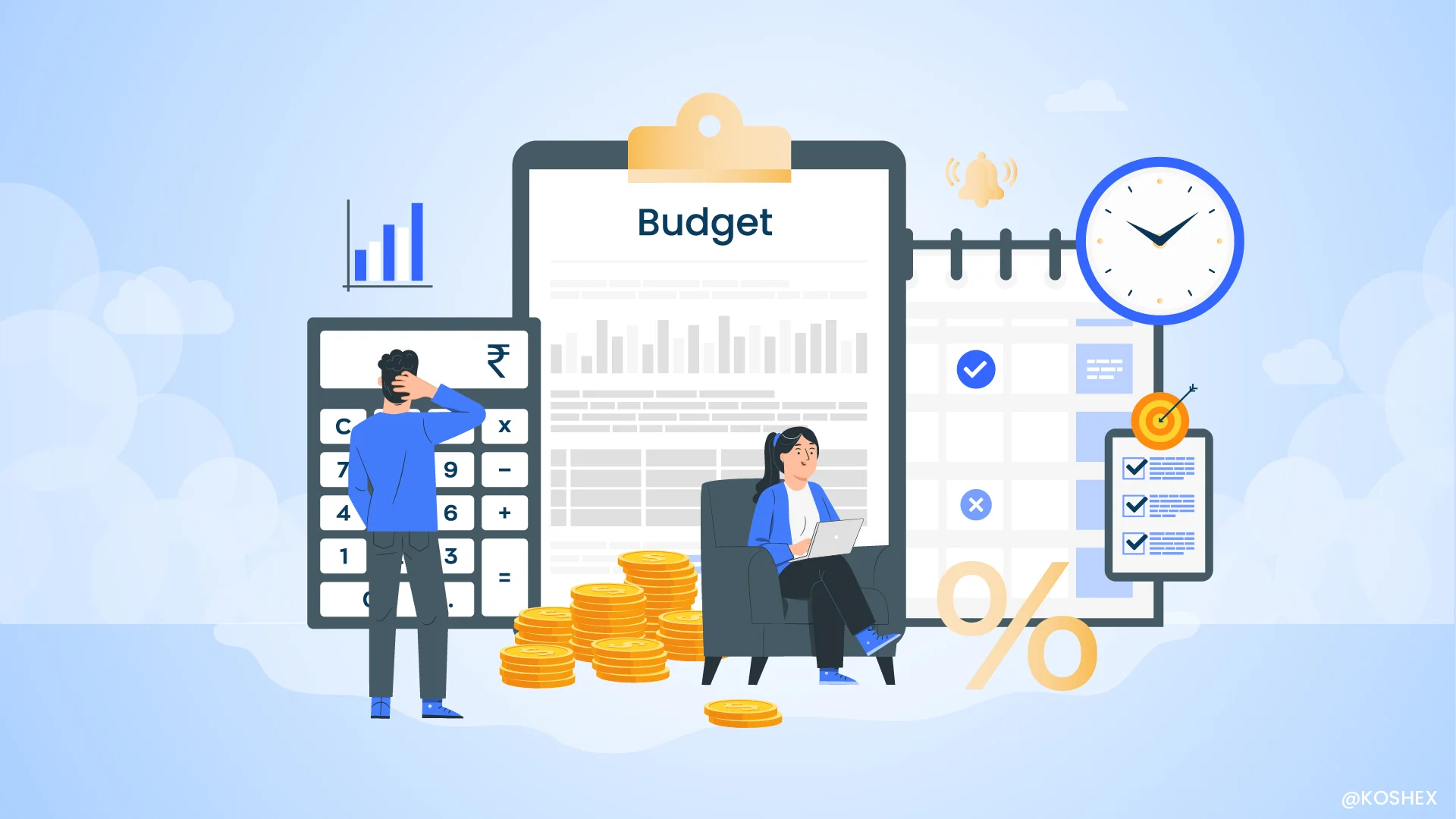Mutual funds remain one of the most popular investment vehicles due to their diversification, professional management, and accessibility. As we step into 2025, market dynamics, economic trends, and investor preferences are evolving rapidly. To maximise your mutual fund returns in this ever-changing environment, you need a solid strategy that blends research, patience, and adaptability.
In this blog, we are offering strategies to help you make the most of your mutual fund investments this year.
Understand Your Financial Goals
Before diving into specific strategies, it is important to clarify your financial goals. Are you investing for early retirement, funding your child’s education, or creating wealth for the short term? Your objectives will decide on the type of mutual funds you should choose:
Equity Mutual Funds: Ideal for long-term growth.
Debt Mutual Funds: Suitable for stable, low-risk returns.
Hybrid Funds: A balanced approach combining equity and debt.
Align your investment choices with your risk tolerance, time horizon, and expected returns.
Also Read: Duration Strategy or Predictable Returns
Embrace Diversification
Diversification remains a cornerstone of successful investing. By spreading investments across several asset classes, you can mitigate risks and enhance potential returns. Here’s how to strike the right balance in 2025:
- Invest across asset classes. For example, equity, debt, and gold funds.
- Spread your investments across sectors such as technology, healthcare, and energy.
- Consider geographic diversification by including international mutual funds to hedge against domestic market volatility.
Choose The Right Fund Types
In 2025, certain mutual fund categories are poised for growth. Here are a few to consider:
Thematic Funds: These funds focus on specific themes like renewable energy, AI or healthcare, as these industries are expected to grow rapidly.
Index Funds & ETFs: With low expense ratios, these funds offer returns aligned with market indices.
Small-Cap & Mid-Cap Funds: These funds can yield high returns in a growing economy but come with higher risk.
ESG Funds: Environmentally and socially responsible investing is becoming increasingly popular, and such funds often attract steady inflows.
Evaluate each fund’s past performance, expense ratio, and management team before investing.
Take Advantage Of SIPs & STPs
Systematic Investment Plans (SIPs) and Systematic Transfer Plans (STPs) are powerful tools to maximise returns and reduce risks:
SIPs: Invest a fixed amount at regular intervals to benefit from rupee cost averaging and disciplined investing.
STPs: Transfer funds systematically from one mutual fund to another, such as from a debt fund to an equity fund, to balance risk and returns.
If you wish to reduce emotional decision-making in 2025, automating these processes can help you.
Keep An Eye On Economic Indicators
Economic trends directly impact mutual fund performance. In 2025, keep track of:
Interest Rates: Rising interest rates could affect debt funds negatively, while equity funds may face mixed impacts.
Inflation: Higher inflation can erode real returns, making equity funds more attractive in some cases.
Global Market Trends: Events such as geographical shifts, trade agreements, and technological advancements can influence fund performance.
Stay informed and consider how these factors might impact your portfolio. For example, identifying emerging investment themes such as technology, healthcare, or renewable energy, can help you align with future growth opportunities.
Avoid Common Pitfalls
Investors often make mistakes that lower their returns. Here’s what to avoid in 2025:
Chasing Past Performance: A fund’s historical returns do not guarantee future performance.
Frequent Switching: Moving in and out of funds can lead to high transaction costs and tax liabilities.
Ignoring Risk: Ensure your investments align with your risk tolerance.
Overlooking Expenses: High expense ratios can erode returns over time.
Regularly Review & Rebalance Your Portfolio
Market conditions and personal goals change over time, necessitating periodic reviews. You can rebalance effectively by following the below tips:
Assess Fund Performance: Replace consistently underperforming funds.
Reallocate Assets: Consider shifting from equities to debt funds or vice versa, depending on your goals and risk appetite.
Tax Implications: Consider capital gains taxes when making changes to your portfolio.
You can review your portfolio once every quarter or six months and analyse its performance.
Strategies To Maximise Your Returns In 2025 – The Conclusion
Maximising returns in 2025 requires a combination of strategic planning, regular monitoring, and adaptability. By understanding your financial goals, diversifying wisely, leveraging tools like SIP and staying informed about the market, you can boost your investment outcomes. It is important to remember that financial success is a marathon, not a sprint. So, stay patient, stay disciplined, and watch your wealth grow. sign up with Koshex
Frequently Asked Questions (FAQs)
How can I identify the right mutual fund for my financial goals?
To select the right mutual fund, consider:
- Your financial goals (e.g. child’s education, wealth creation, retirement, etc.)
- Investment duration (short-term or long-term)
- Risk tolerance and expected returns.
Also Read: How to Start Investing: A Guide for Beginners
What are thematic funds, and should I invest in them?
Thematic funds focus on specific sectors or themes, such as renewable energy, healthcare, or technology. These funds are ideal if you want to capitalise on the growth potential of emerging industries. However, they can be more volatile, so it is important to invest cautiously and diversify within your portfolio.
How do I determine the right amount to invest in SIPs?
Your SIP should align with your financial goals and monthly savings capacity. You can calculate the amount required to reach your target corpus and adjust SIPs based on your income and expenses. Check out our SIP calculator to find the right amount: https://koshex.com/calculators/sip-calculator









Leave a Comment